Welcome to On Verticality. This blog explores the innate human need to escape the surface of the earth, and our struggles to do so throughout history. If you’re new here, a good place to start is the Theory of Verticality section or the Introduction to Verticality. If you want to receive updates on what’s new with the blog, you can use the Subscribe page to sign up. Thanks for visiting!
Click to filter posts by the three main subjects for the blog : Architecture, Flight and Mountains.

The Origin of the Obelisk
I was recently on a trip to Washington DC, and I went for a run on the National Mall. The centerpiece of the entire complex is the Washington Monument, which is a 169 m (555 ft) stone-faced obelisk. The monument is strikingly simple and quite effective at announcing its presence to the surrounding area. It got me thinking about the obelisk form, and how it’s meaning has changed over the centuries. What was once an integral part of a temple complex has become a singular expression of verticality.

The Singer Building and the Power of Nostalgia
The Story of the Singer Building is a dark patch in the history of New York Architecture. It was the world’s tallest building when it was built, and just 50 years later it was the world’s tallest building to be demolished by it’s owner. This demolition coincided with a period of change in American cities, and it serves as a cautionary tale when compared to other, very similar buildings nearby.

The Verticality of Clouds
I recently climbed Mount Saint Helens in Washington state, and the experience brought me face-to-face with the verticality of clouds. The photo above was taken just after dawn, and you can see two very different types of clouds in the sky. Just above my head was a dense, thin layer of altostratus clouds, which looked solid and dark from below. Far above this was a wispy pattern of cirrus clouds, which was much lighter in appearance. In addition to these, there were also groups of low-lying stratus clouds in the valleys below. What struck me in that moment was each of these cloud types was created by the exact same elements, the only difference was their height above the surface.

The March of Progress and the Fallacy of Progressive Evolution
Evolution and natural selection are tricky concepts to represent in an illustration. This is partly true because the reality of these processes is so complex and nuanced that some type of simplification is required when introducing them. This is a fine line however, because each concept can easily be over-simplified to the point of confusion. This is exactly what happened with the illustration above. At first glance, it appears to be a simple meme that shows how the human species went from moving on all fours to walking upright, but behind this is a fascinating and painfully unfortunate backstory about the nature of evolution.

The Verticality of Roller Coasters
One of the most visceral sensations a human can experience is a sudden fall. This quick, downward acceleration of the human body can evoke feelings of terror if it’s unplanned or unwanted, or feelings of thrill and delight when it’s expected. For many of us, the sudden pull of gravity conjures up all these feelings at once. Roller coasters tap into this concept, and they meticulously curate it in order to maximize these feelings for their riders. A ride on a roller coaster pushes and pulls your body in myriad different directions, allowing a rider to experience gravity-like forces in many different directions. It’s an experience rooted in verticality, which is what gives them such appeal.
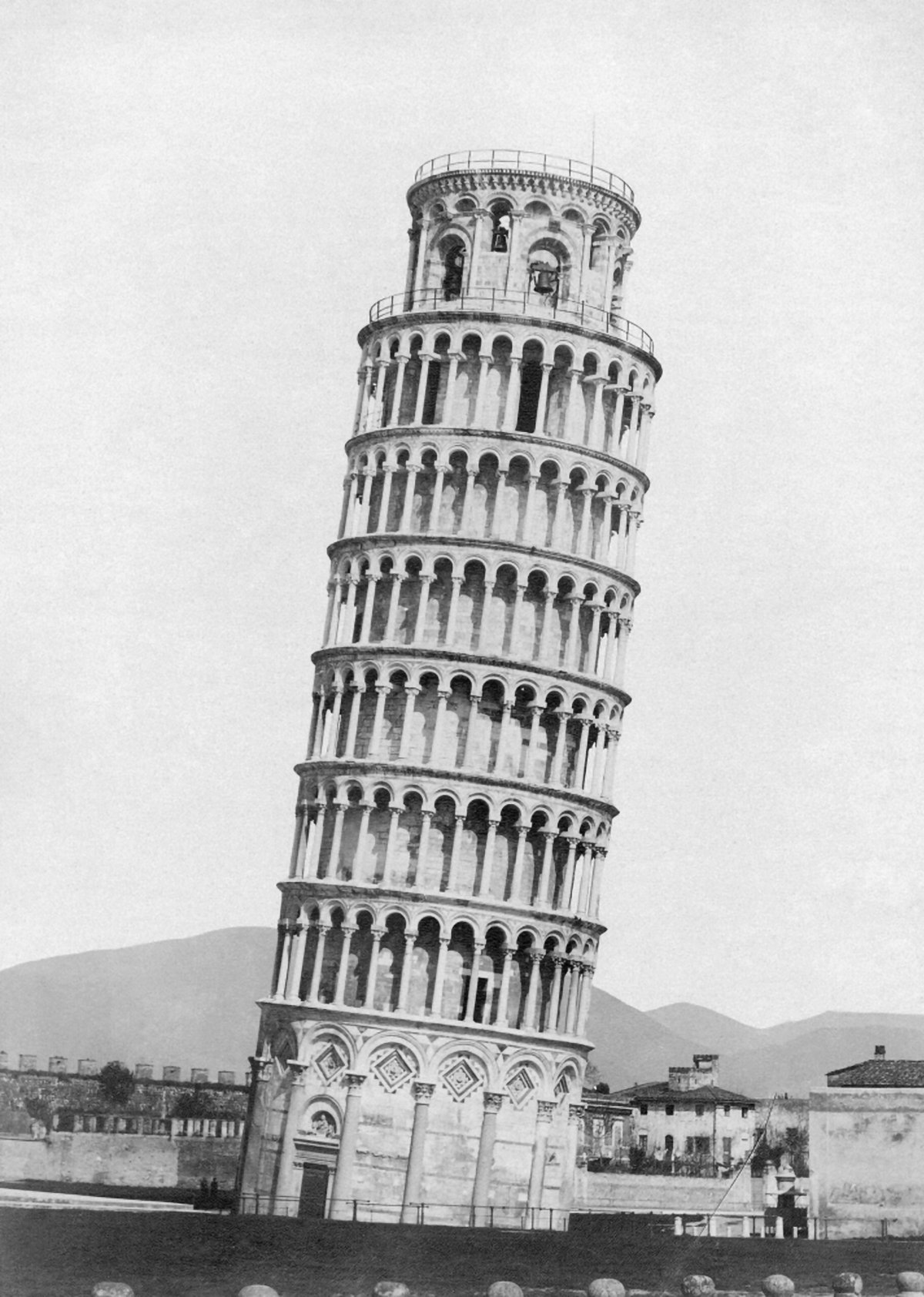
The Leaning Tower of Pisa and the Axis Mundi
Pictured here is the campanile at the Pisa Cathedral, known worldwide as the Leaning Tower of Pisa. The tower is world-famous for its iconic four-degree lean, and has become a major tourist attraction for the town of Pisa. This lean has allowed the campanile to become a symbol of the city. If you think of Pisa, you think of the Leaning Tower. This status and appeal comes from the campanile’s lack of vertical equilibrium, which forces visitors to confront the axis-mundi. It’s a unique tension that’s rooted in verticality.
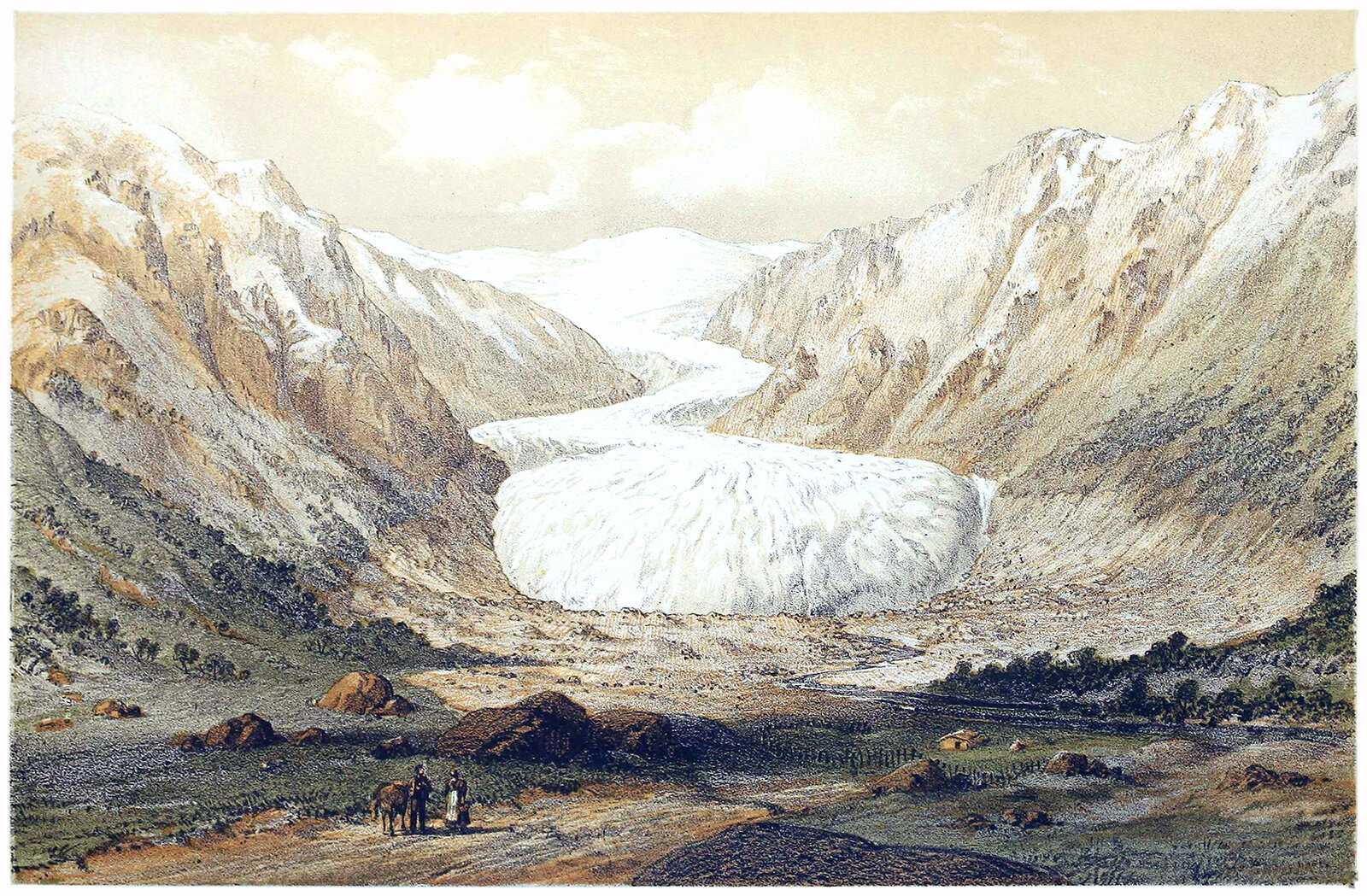
Mountains and Glaciers
The relationship between mountains and glaciers is a fascinating one. Where glaciers exist, the morphology of a mountain created the conditions necessary for a glacier to form. Once formed, a glacier’s growth and movement will slowly erode away the very mountain that created it. Over time, this movement carves and changes the landscape, resulting in moraines, cirques, fjords, and various other landforms.

The Tree and the Skyscraper
Pictured above is a cutaway drawing of Frank Lloyd Wright’s SC Johnson Research Tower in Racine, Wisconsin, built in 1936. This little tower is famous for its structure, which functions like a tree. There’s a central trunk, or core, with floors cantilevering off it like branches. This removes the need for any perimeter columns since all the structural loads transfer back to the central core. There’s also the large taproot foundation, as Wright called it. This functions like the roots of a tree, providing stability to the overall form. Wright was well aware of the tree metaphor, and he used it to sell the vision to his client. It wasn’t the first time he tried to make a tower structure function like a tree, but it’s quite possibly the purist example of the metaphor to ever get built.
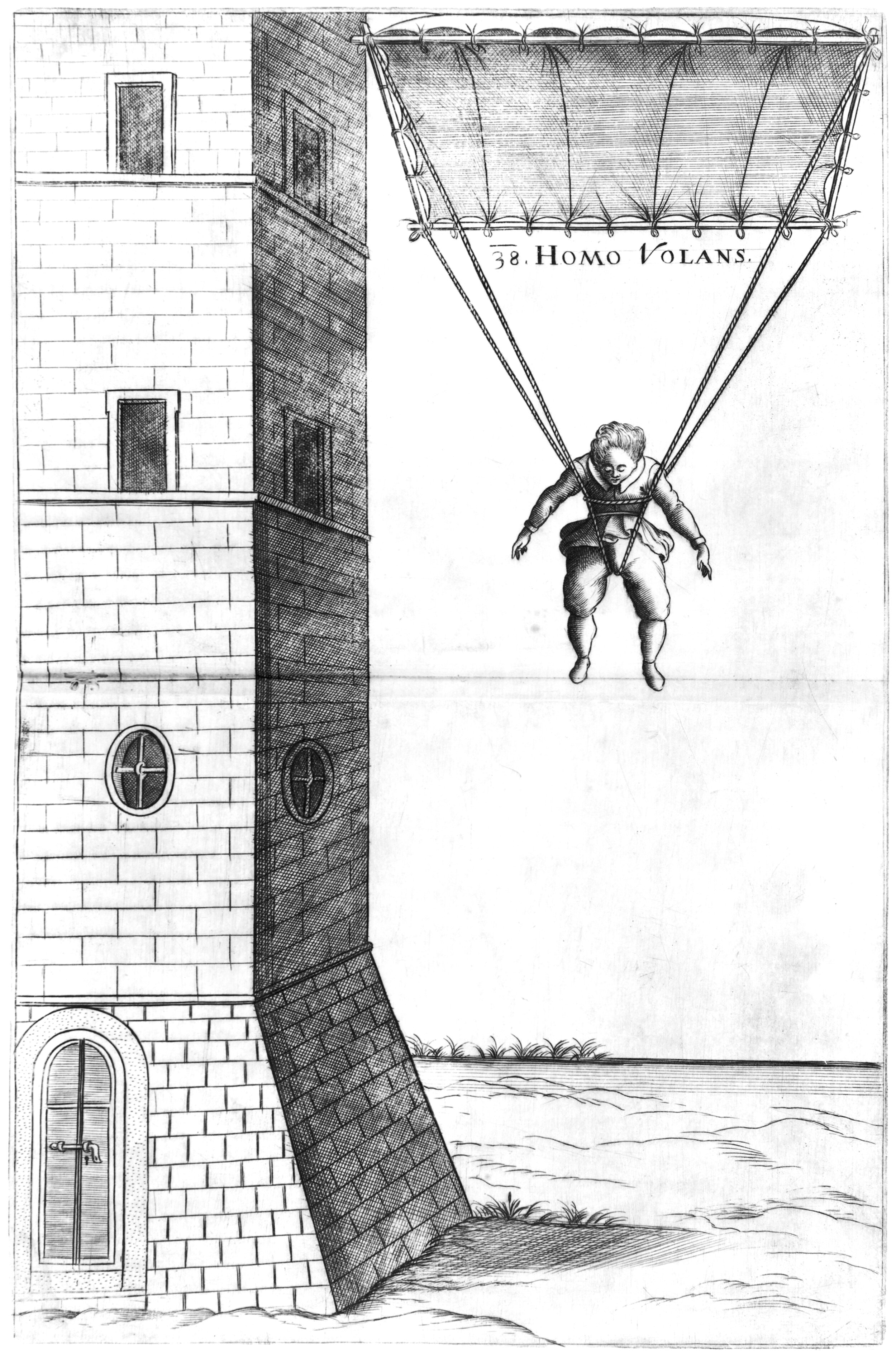
How to Fall : An Early History of the Parachute
Throughout the history of human flight attempts, the number one cause of death and injury has been a fall from a high place. In the early days of flight attempts, most examples involved jumping from a high perch and trying to stay in the aloft for as long as possible. Alongside these attempts at flight, others were concerned with the art of falling. How could a person leap from a high place and return to the surface safely? The resulting paths of thought make up the early history of the parachute.
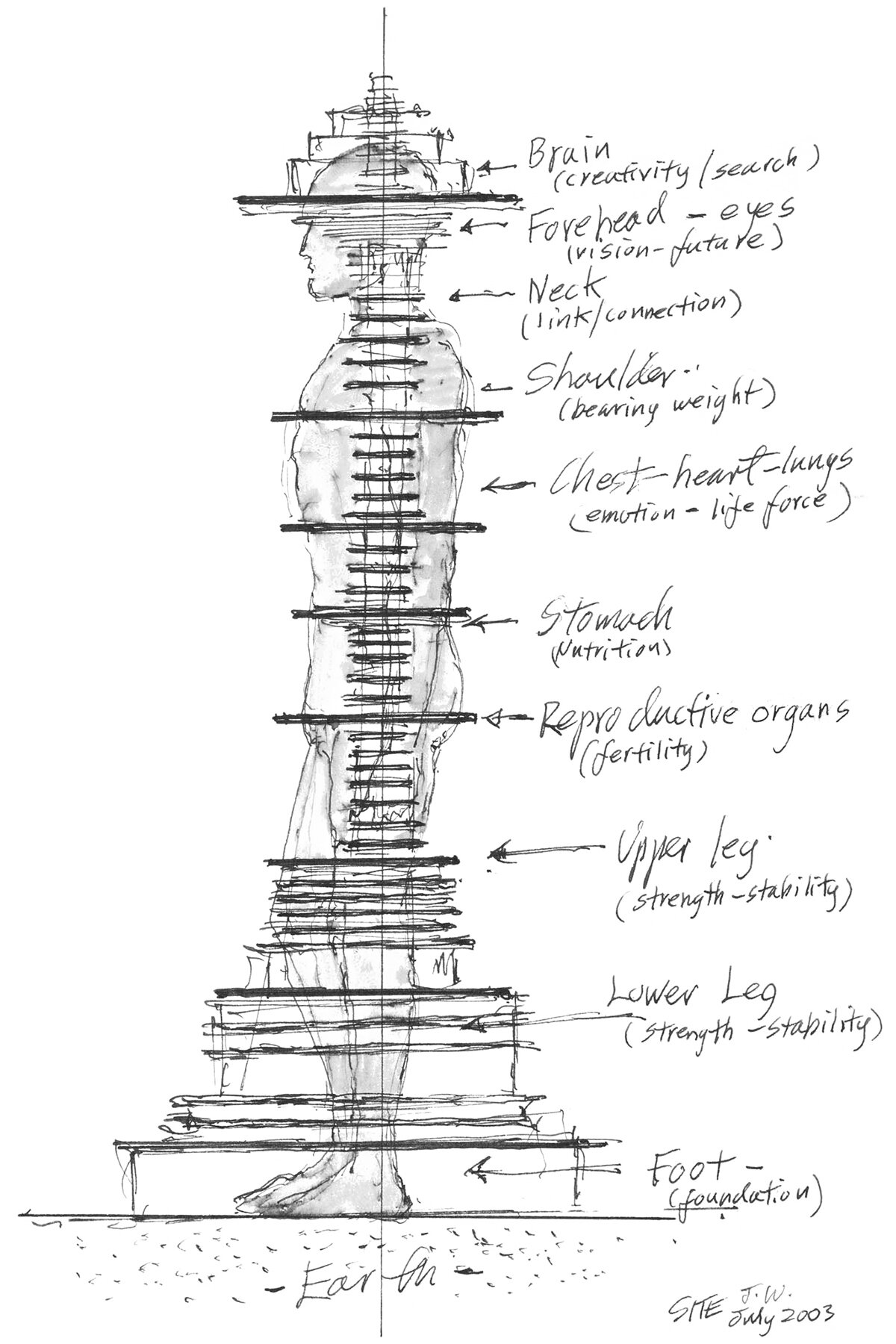
Bipedalism and The Skyscraper
I came across this diagram the other day, and it immediately struck me. It was drawn in 2003 by James Wines of SITE for his Antilia Tower project, and it superimposes a human body on top of a tower section. I’ve previously written about the conceptual link between the bipedal human body and the tower, but this diagram takes it a step further and matches the functions of each part of the body to each part of the tower.

Nadar and the Aerial Perspective
Pictured above is Gaspard-Félix Tournachon, better known by the pseudonym Nadar, who was a French photographer in the nineteenth century, just when aeronautics and air travel were entering popular culture. He was fascinated by human flight, and in 1858 he became the first person to successfully take aerial photographs while he was in a balloon. He subsequently commissioned balloons to be designed and built, and he would allow passengers to take flights with him. He was no doubt obsessed with verticality, and his aerial photographs mark a major turning point in the history of human flight.
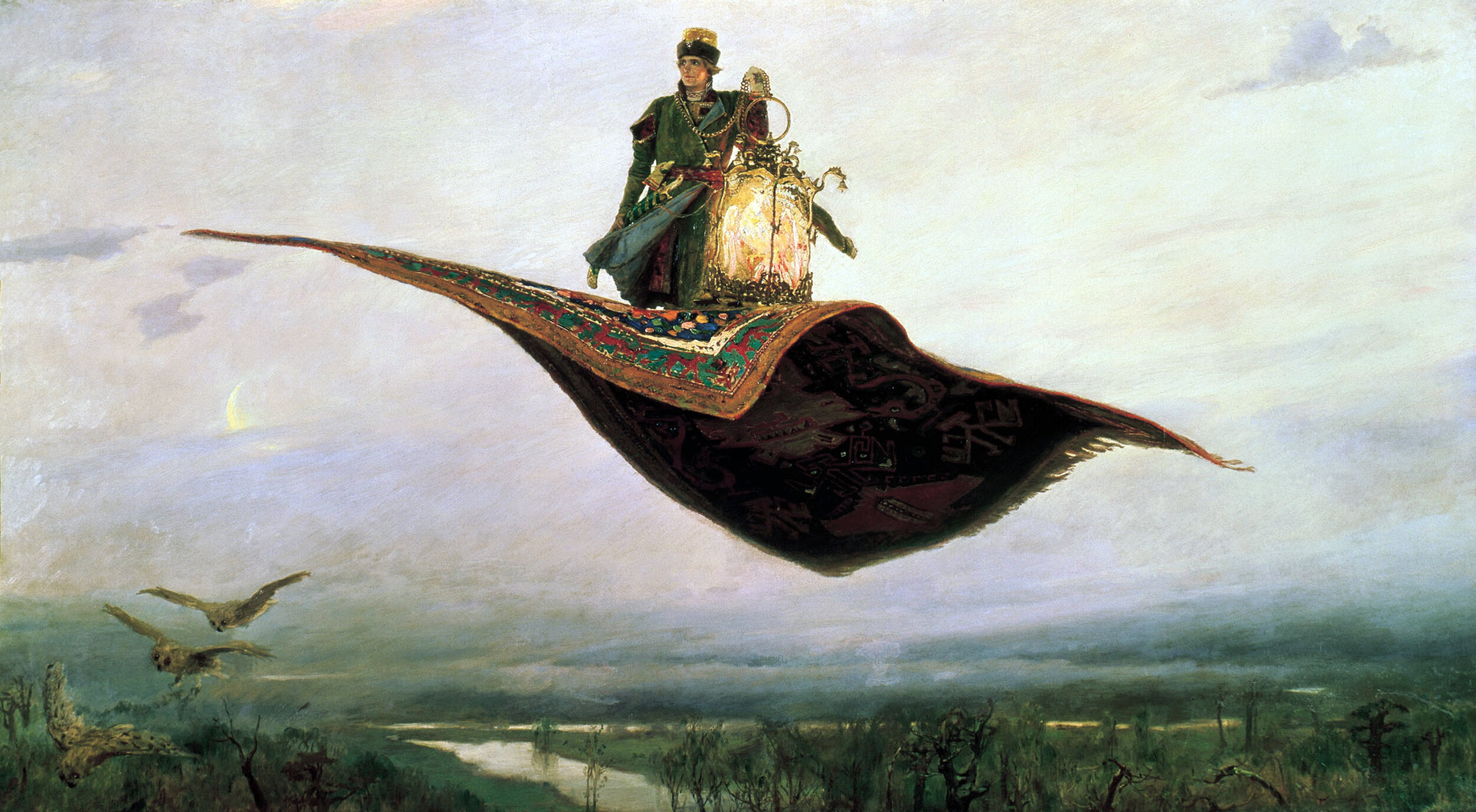
Flying Carpets and the Power of Flight
Flying carpets are the things of folk tales and fantasy. They are magical objects with the power of flight, and anyone who owns one has considerable power over those who don’t. They can quickly transport their owners across the land at great speeds, and they allow their owners to achieve verticality. Here’s a look at the folk tales that established the myth of the flying carpet.

The Tower of Babel : A Parable of Verticality
The Tower of Babel is arguably the most storied myth about the human need for Verticality that has survived from antiquity. It’s a legendary tale of a clash between Ego and God, and it acts as a starting point for any worthwhile history of human towers or skyscrapers. Let’s take a look at why it’s been so influential, and why it encapsulates our struggles with Verticality.
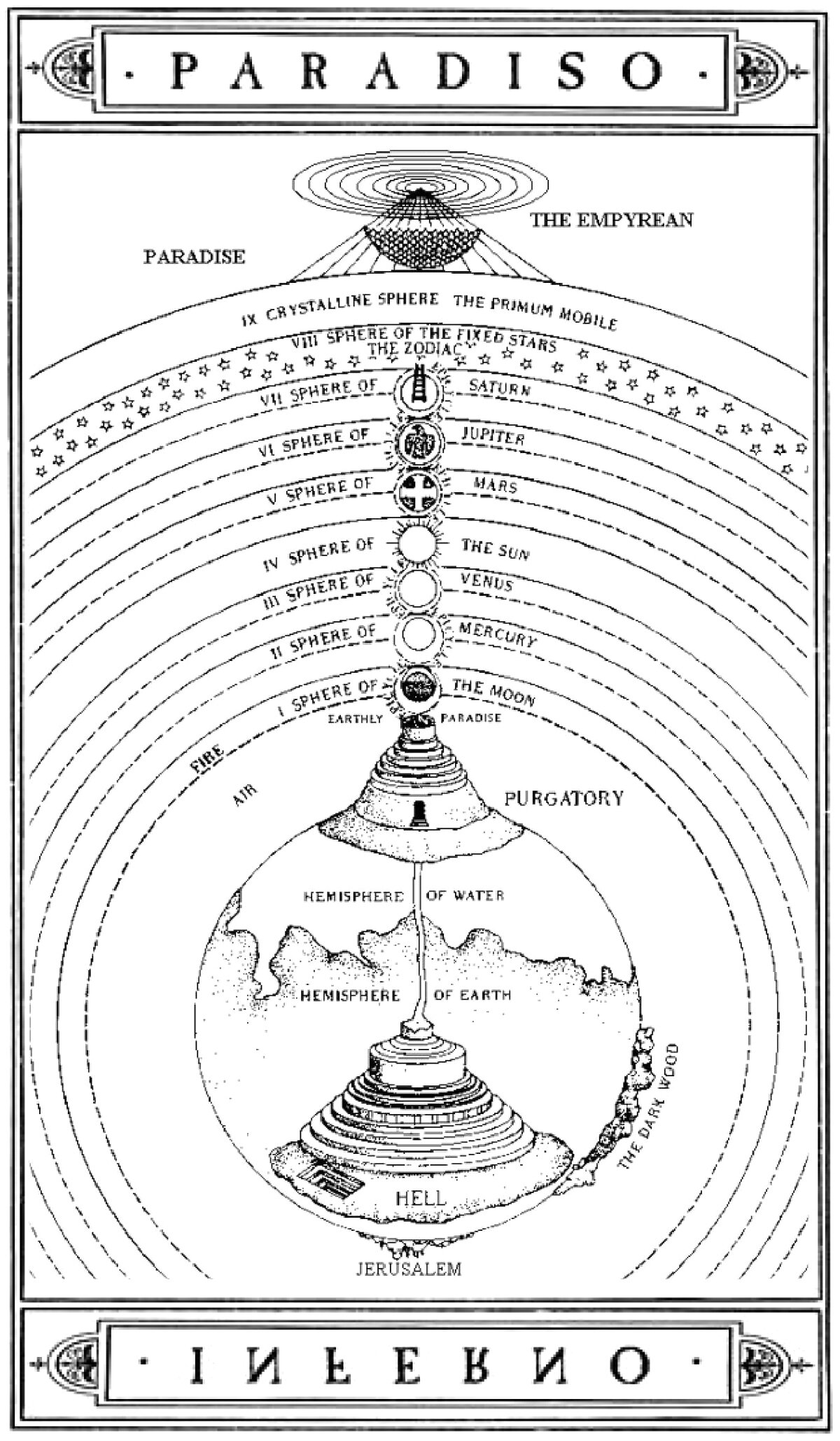
Dante’s Divine Comedy and the Vertical Worldview
Dante Alighieri’s epic poem La Divina Commedia, or The Divine Comedy in English, is widely considered one of the world’s greatest works of literature. It tells the fictional story of Dante and his soul’s experience after death. Throughout the story, Dante descends through Inferno, then ascends through Purgatorio and Paradiso. It’s a journey defined by the axis-mundi, and the entire work is rooted in verticality.
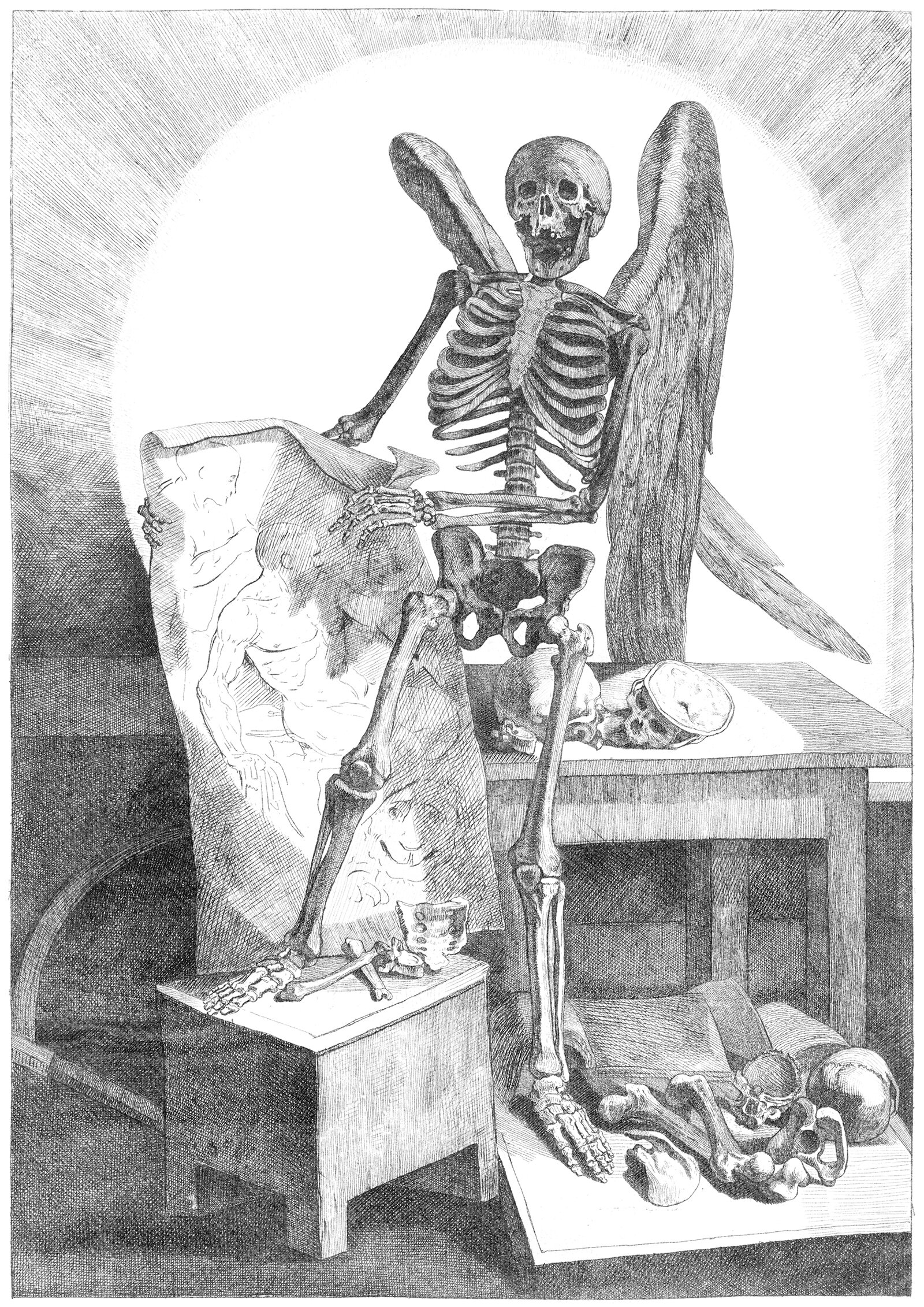
The Human Body and Flight : Why We Can’t Fly
The ability to fly is something that’s been on the human mind since time immemorial. We see birds and other creatures flying through the air, and we seek to fly as they do. We dream about it, and we’ve thought up myriad examples of human-like characters throughout our legends and myths who can fly. For all our hoping, however, it’s impossible for us to fly under our own strength. Let’s take a closer look at why this is true.
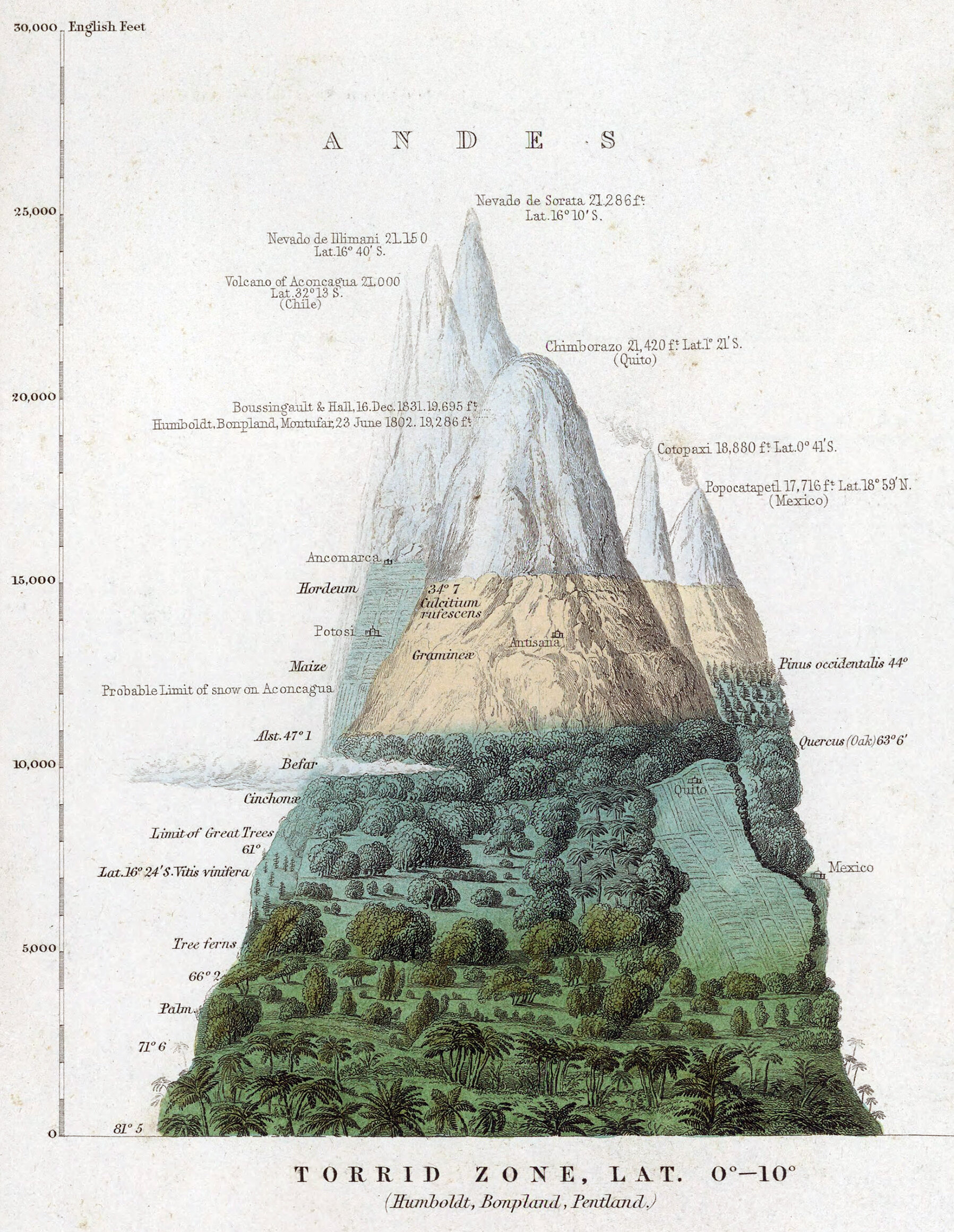
Altitudinal Zonation : Mountains and Verticality
The earth’s atmosphere is defined by vertical gradients. As one rises, the air thins out, humidity decreases, and temperatures drop. It’s why we get altitude sickness when we travel to high places, and it’s why the tops of very high mountains are snow-capped. These vertical gradients are defined by altitudinal zonation.

Earth, Air, Water and Fire : The Verticality of The Classical Elements
Throughout human history, our ancestors have created myriad different theories and ideas to explain our world and how it’s composed. One theory was common to nearly all early civilizations, and it identified four basic elements: earth, air, water and fire. If we examine these four elements and pick apart the relationships between them, we’ll find verticality at the center of it all.

Daedalus and Icarus : A Parable of Human Flight
The oldest and most storied myth of human flight is the Greek myth of Daedalus and Icarus. Any history of flight, if tracked back far enough, will find it’s inception rooted in this timeless tale of youthful hubris. Over the centuries, the name Icarus has become synonymous with over-ambition, and has inspired countless other stories relating to human flight.

Stacking Typologies
When designing a skyscraper, an architect usually takes a holistic approach. This means the entire building is designed with a common strategy, which usually translates into a single aesthetic. In short, each building has a style. What happens when you start mixing styles together? At the surface, this would sound like blasphemy to most architects practicing today, but let’s ponder it.

Hugh Ferriss and Religion on the Skyline
Hugh Ferriss was an architect and illustrator, best known for his charcoal renderings of skyscrapers in the first half of the 20th century. Pictured here is an illustration from his 1929 work The Metropolis of Tomorrow, titled Religion. This image and the underlying thought behind it’s creation ties into a larger trend around this time that saw religious structures attempt to re-take the skyline from commerce.
